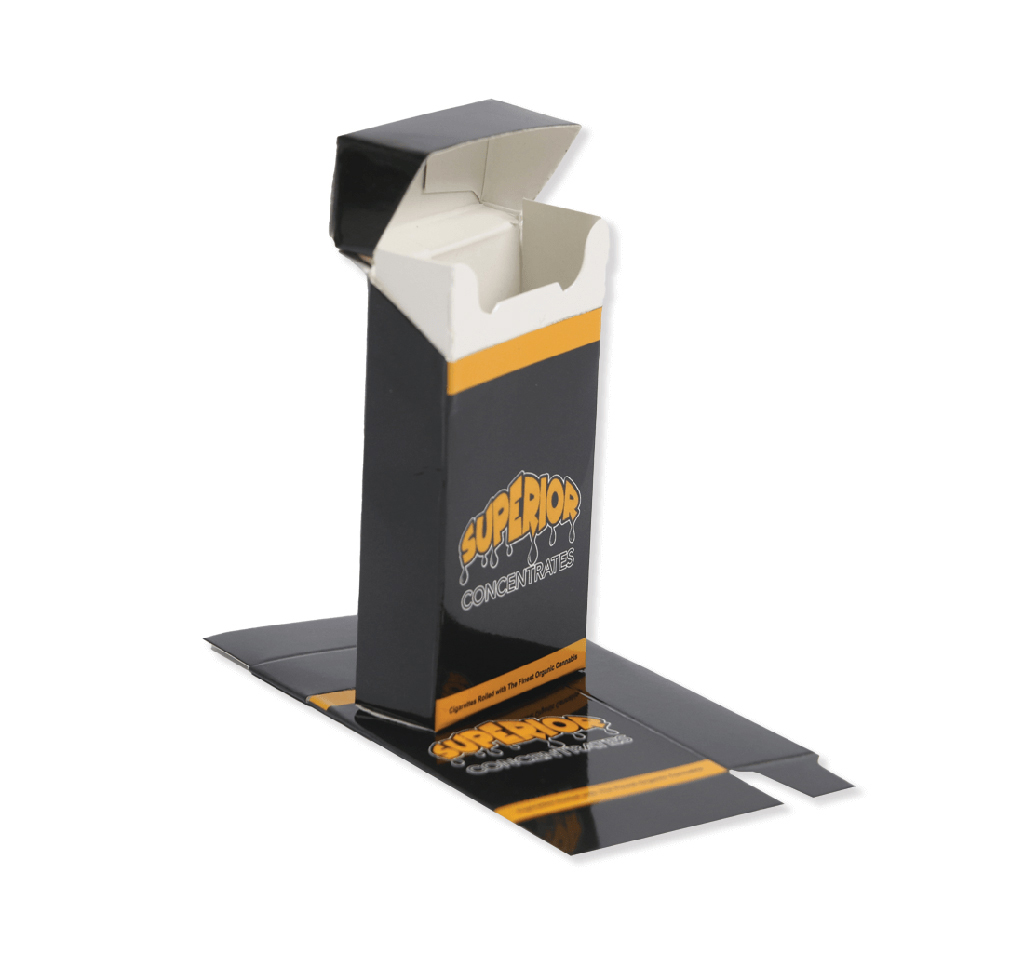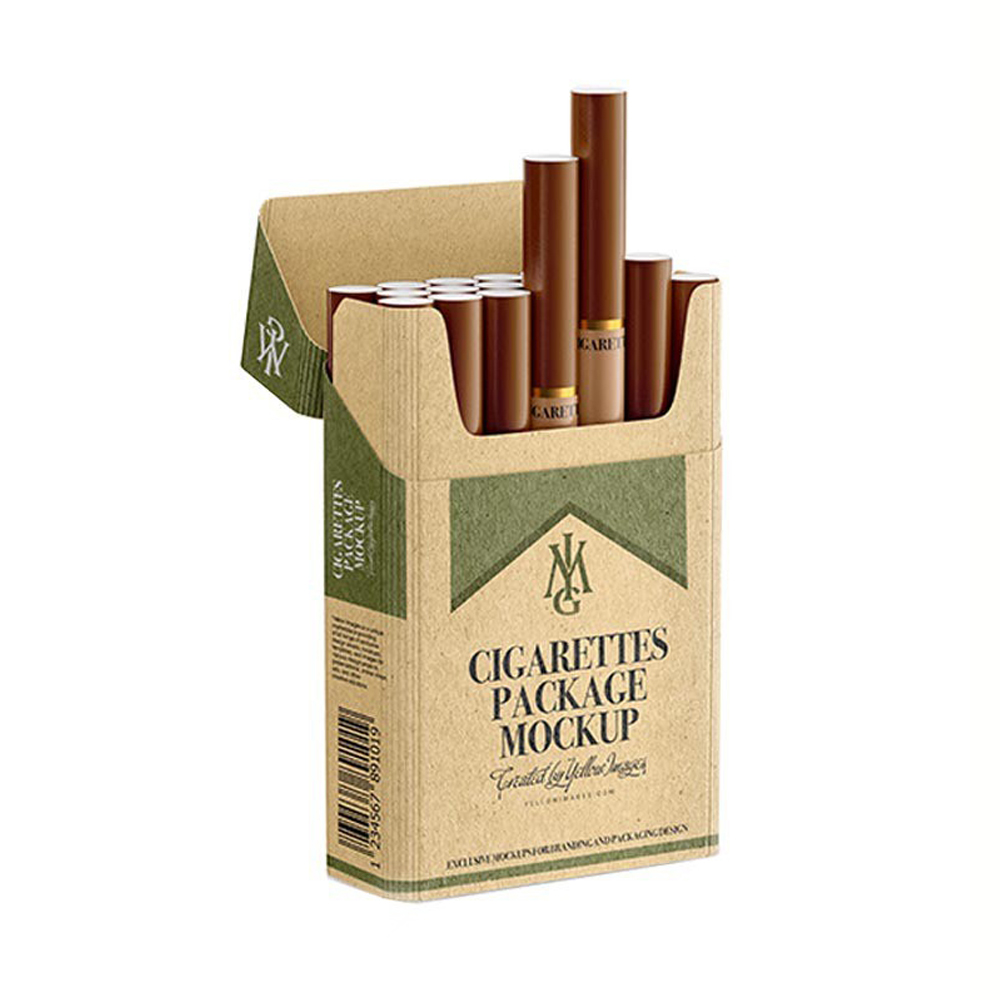http://www.paper.com.cn 2023-01-12
It is time to bid farewell to the old and usher in the new, and it is time for all walks of life to predict the future development. The sustainable packaging issue that had the greatest impact last year, what trends will change in the new year? The four major predictions of industry experts are here!forrest gump box of chocolates
1. Reverse material substitution will continue to grow
Cereal box liners, paper bottles, protective e-commerce packaging… The biggest trend is the “paperization” of consumer packaging. In other words – plastic is being replaced by paper, primarily because consumers perceive paper to have renewable and recyclable advantages over polyolefins and PET.heart shaped chocolate box
There will be a lot of paper that can be recycled. Reduced consumer spending and growth in e-commerce have led to an increase in available paperboard supply, helping to keep prices relatively low. According to recycling expert Chaz Miller, the price of OCC (old corrugated container) in the northeastern United States is now about $37.50 per ton, compared with $172.50 per ton a year ago.hershey’s milk chocolate bars – 36-ct. box
But there’s also a potentially big problem: Many packages are a mix of paper and plastic and won’t pass recyclability tests. These include paper bottles with inner plastic bags, paper/plastic carton combinations used to produce beverage containers, flexible packaging and wine bottles that claim to be compostable.life was like a box of chocolates
These don’t seem to solve any environmental problems, but only consumers’ perceptions. In the long run, this will put them on the same trajectory as plastic containers, which claim to be recyclable but are never actually recycled. That could be good news for chemical recycling advocates, who will have time to prepare for mass recycling of plastic containers when the cycle repeats.how to make chocolate box cake better
2. The desire to trumpet compostable packaging will worsen
So far, I have never felt that compostable packaging has a significant role outside of foodservice applications and venues. The materials and packaging in question are not circular, likely not scalable, and most likely not cost-effective.life is a box of chocolates
(1) Home composting is not available in sufficient quantities to make even the slightest difference; (2) Industrial composting is still in its infancy; (3) Packaging and foodservice items are not always popular with industrial facilities; (4) Regardless of Be it “bio” plastic or conventional plastic, composting is a non-circular activity that produces only greenhouse gases and little else.preroll king size box
The polylactic acid (PLA) industry is beginning to abandon its long-standing claims of industrial compostability and seeks to use the material for recycling and biomaterials. The claims of bio-based resins may actually be justified, but only if its functional, economic and environmental performance (in terms of life-cycle greenhouse gas production) can exceed similar indicators for other plastics, especially HDPE ( HDPE), polypropylene (PP), polyethylene terephthalate (PET), and in some cases, low-density polyethylene (LDPE).
Recently, researchers have found that about 60% of household compostable plastics are not completely decomposed, causing soil pollution. The study also found that consumers were confused about the meaning behind compostability claims:life like chocolate box
“14% of the plastic packaging samples were certified as ‘industrial compostable’ and 46% were not certified as compostable. Most of the biodegradable and compostable plastics tested under different home composting conditions did not fully decompose, including 60% Certified ‘home compostable’ plastic.”best box of chocolates
3. Europe will continue to lead the wave of anti-greenwashing
Although there is no credible evaluation system for the definition of “greenwashing”, its concept can basically be understood as enterprises pretending to be “friends of the environment” and trying to cover up the damage to society and the environment in order to preserve and expand their own market Or influence, for which an “anti-greenwashing” campaign also emerged.best boxed chocolate cake mix
According to The Guardian, the European Commission is specifically looking to ensure that products claiming to be “bio-based,” “biodegradable” or “compostable” meet minimum standards. To combat “greenwashing,” consumers will be able to know how long it takes an item to biodegrade, how much biomass was used in its production, and whether it’s actually suitable for home composting.box chocolate cake mix recipes
4. Secondary packaging will become the new pressure point
Not only China, the problem of excessive packaging is plagued by many countries. The European Union also hopes to solve the problem of excessive packaging. The proposed draft regulations stipulate that starting from 2030, “each packaging unit must be reduced to its minimum size in terms of weight, volume and packaging layers. , for example by limiting white space.” Under the proposals, EU member states must reduce per capita packaging waste by 15 percent by 2040 compared to 2018 levels.boxes of chocolates
Secondary packaging traditionally consists of outer corrugated boxes, stretch and shrink films, gussets and strapping. But it may also include outer primary packaging, such as shelf cartons for cosmetics (such as face creams), health and beauty aids (such as toothpaste), and over-the-counter (OTC) drugs (such as aspirin). There are concerns that the new rules could lead to the removal of these cartons, causing disruption to sales and supply chains.regular cigarette case
In the new year, what will be the future trend of the sustainable packaging market? Wait and see!
Post time: May-30-2023



